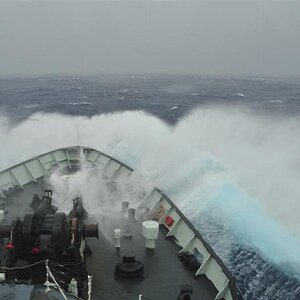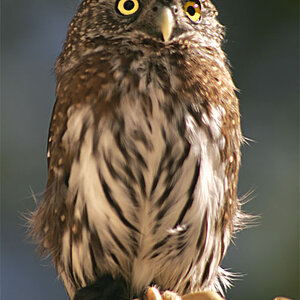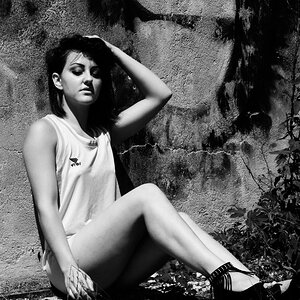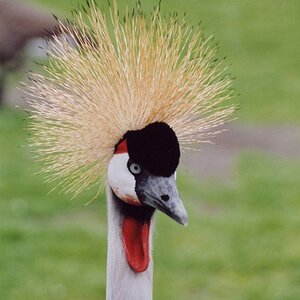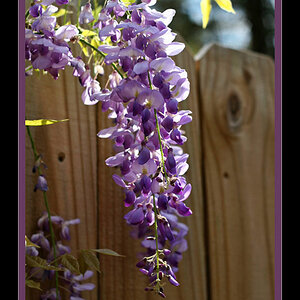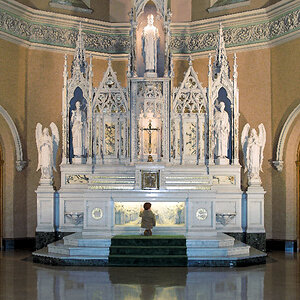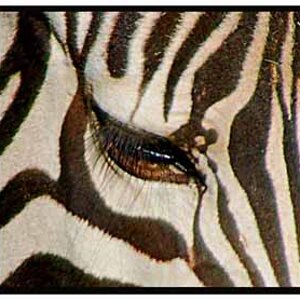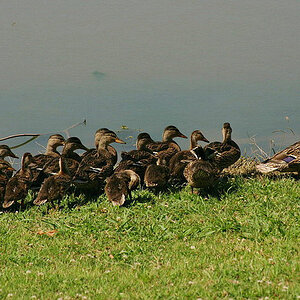First Post. Been doing photography for 30 years and I own a small video production company. Even though my video end has been digital forever I just never made the jump to digital still camera. The company bought a Nikon D60 and I have been fooling around with it for the past year and actually have got some really good results with it. I need some guidance with some of the camera settings. I have to shoot the inside of a church and I want to make several 16 x 20 prints. I have not made any enlargements with the digital camera and I have 4 questions
1. ISO settings. I am assuming it works the same way as a film camera. Set the camera to lowest available setting?
2. Format. Shoot with the jpeg fine setting or RAW. If you capture a RAW file what is the best format to convert to? I have photoshop on a MAC and PC so I can do convert to a TIFF. Do you see the difference in the RAW format?
3. Long Exposures. I can see that at F11 or F16 I am looking at a long exposure. Any drawbacks to a 1-2 sec exposure.
I have no clue how well a 10 megapixel image holds up when enlarged to a 16 x 20 but I guess I will find out.
Thanks in advance.
1. ISO settings. I am assuming it works the same way as a film camera. Set the camera to lowest available setting?
2. Format. Shoot with the jpeg fine setting or RAW. If you capture a RAW file what is the best format to convert to? I have photoshop on a MAC and PC so I can do convert to a TIFF. Do you see the difference in the RAW format?
3. Long Exposures. I can see that at F11 or F16 I am looking at a long exposure. Any drawbacks to a 1-2 sec exposure.
I have no clue how well a 10 megapixel image holds up when enlarged to a 16 x 20 but I guess I will find out.
Thanks in advance.


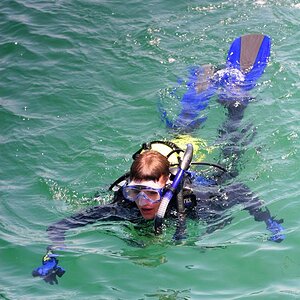
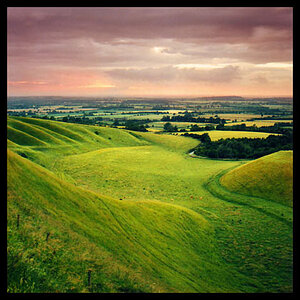
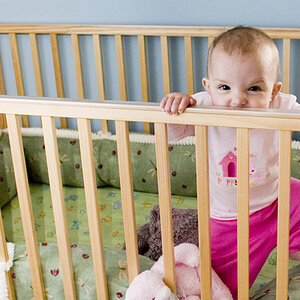
![[No title]](/data/xfmg/thumbnail/30/30859-ec099dbef074432d32832fceb25cf539.jpg?1619734479)
